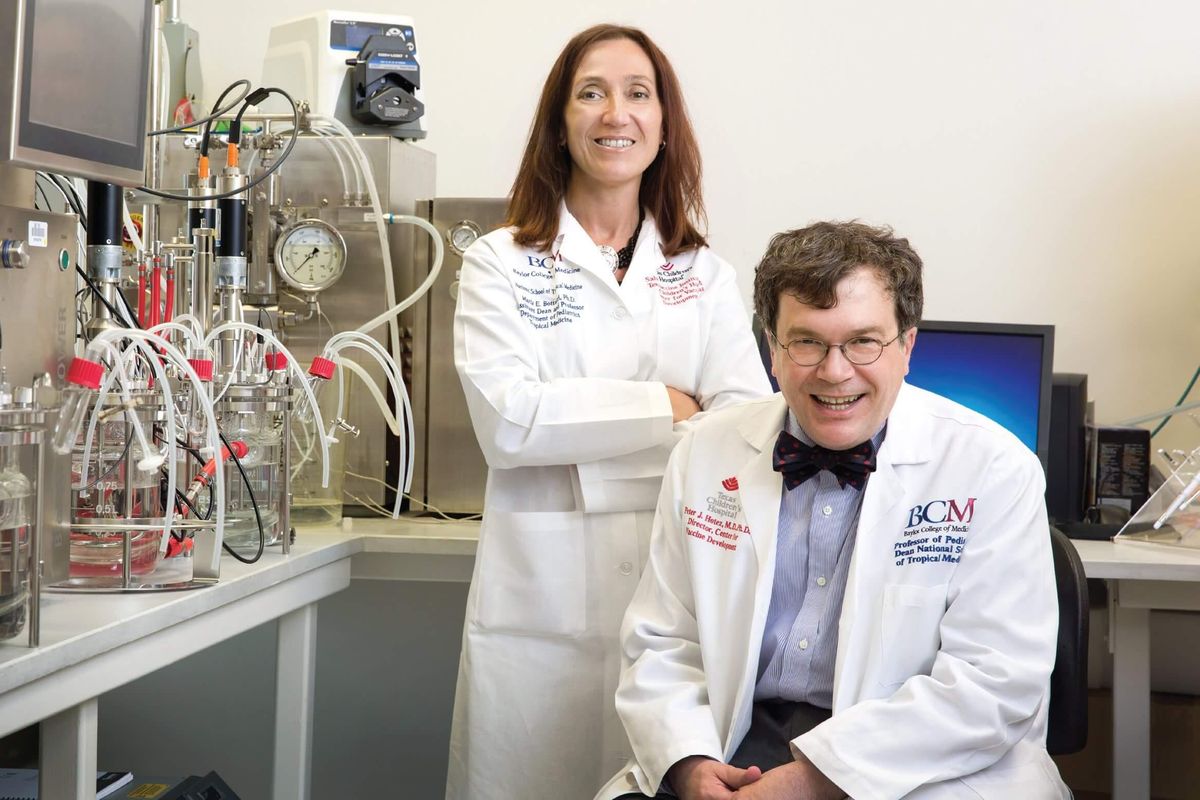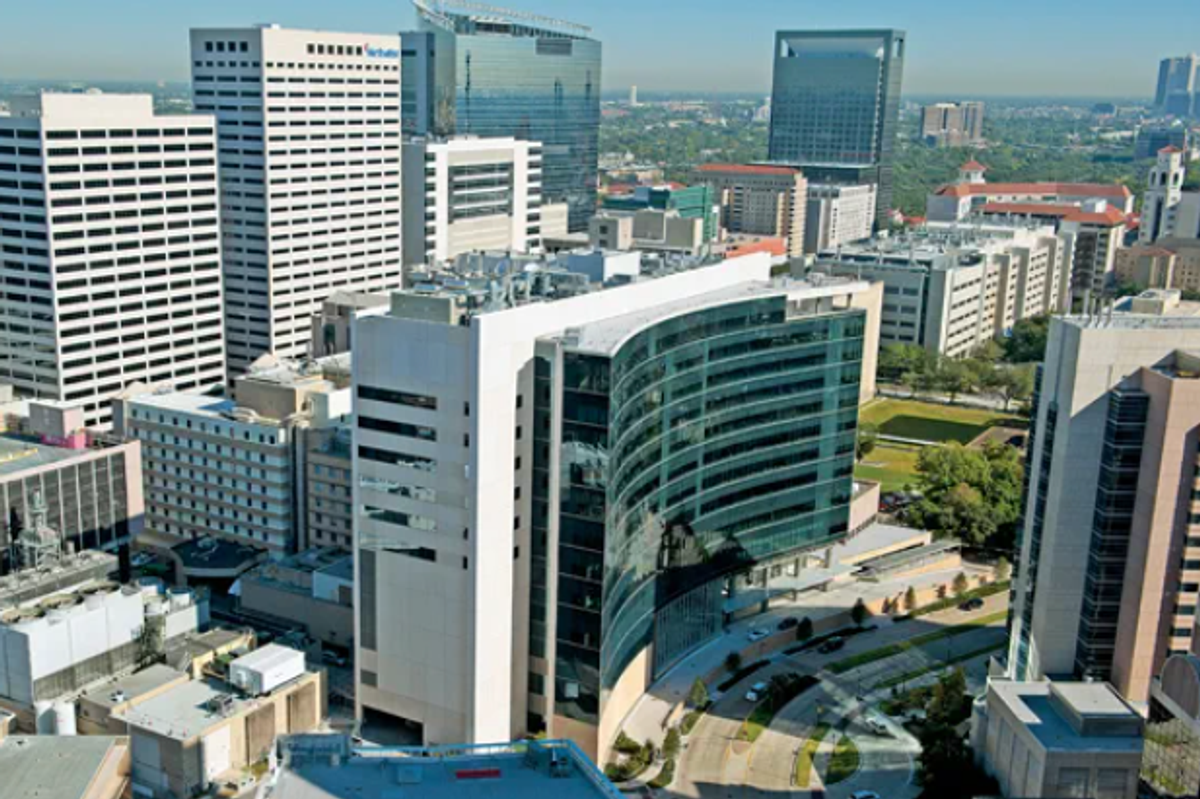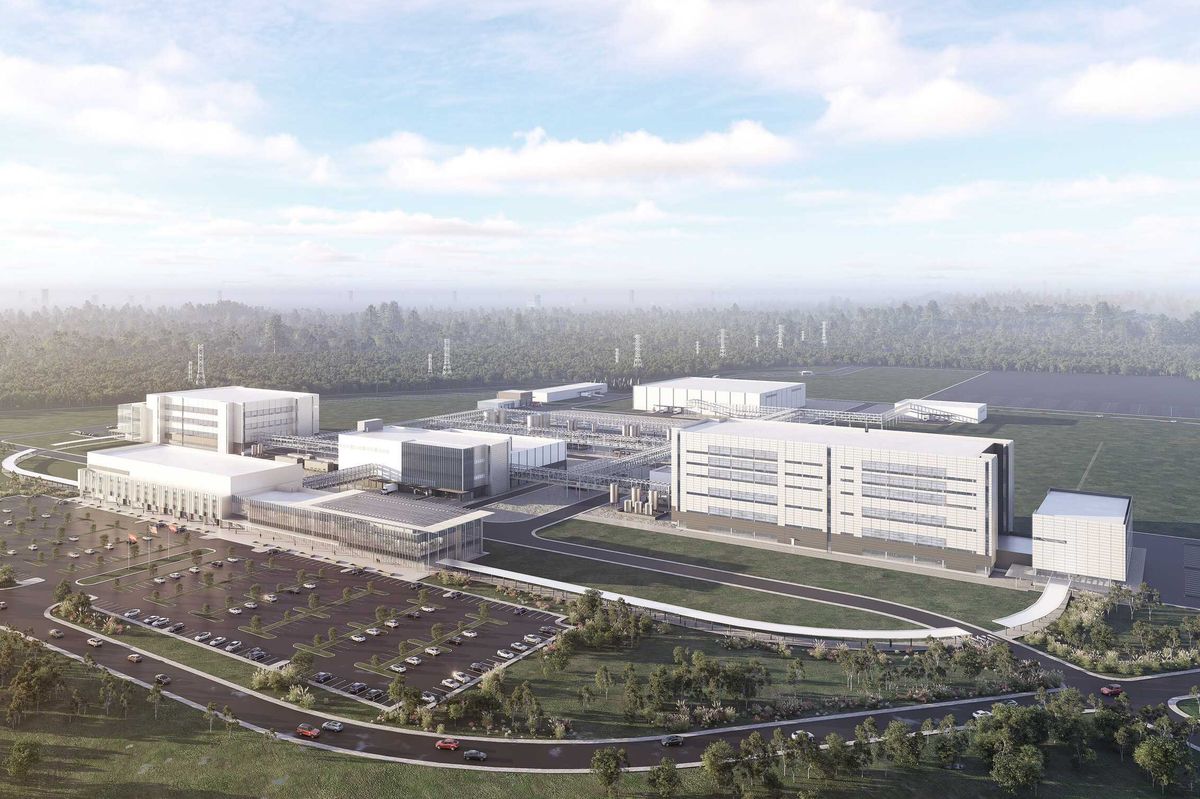Houston university breaks ground on $54.5M project to expand business school
coming soon
Rice University broke ground last week on an innovative $54.5 million building for the Jones Graduate School of Business that is designed to be built around the current structure and also integrate with McNair Hall.
The 112,000-square-foot building aims to support Rice Business as it continues to grow while centralizing the university's new undergraduate business education and entrepreneurship programs. It's slated to be completed by spring 2026.
“We are energized by the momentum of our innovative new programs, the addition of new faculty and students and a fresh outlook on the future,” Peter Rodriguez, dean of the Jones Graduate School of Business, says in a statement. “Our commitment is to attract more talented and innovative students, faculty and staff to Rice, who will further improve our programs and research capabilities. This wonderful new facility is critical to fulfilling that commitment.”

The building will feature two 120-seat classrooms, two 65-seat classrooms and breakout rooms as well as a dining area on the first floor.
It will reflect Rice's traditional brick facade while enclosing the Woodson Courtyard to create a large atrium. A new triple-heigh pathway called The Walk will connect the area to Rice's new West Commons.
Rodriguez previously shared about his vision for expanding Rice Business on the Houston Innovators Podcast.
Rice's Architecture Research Office is leading the design of the project. Houston-based Kirksey Architecture serves as the project’s executive architect.
The university is seeking to fundraise $40 million for the project. According to Rice, the university's business programs saw a 50 percent increase in students and a 41 percent increase in faculty to support new programs in the last 10 years.
Rice launched its undergraduate business program in 2021. According to the fundraising website for the building, Rice Business has seen a 79 increase in enrollment and business became the second most popular major for first-year students, after computer science, since the program began .

“This remarkable new building embodies the evolution of Rice Business over the past five decades and its commitment to equipping graduates who are not only integral to organizations around the globe but are also poised to lead them,” Rice President Reginald DesRoches says in a statement. “We’re committed to offering top-tier facilities that complement our top-ranked academic programs, attracting the best students, faculty and staff to our campus.”
At the start of the academic year, Rice also opened The Ralph S. O’Connor Building for Engineering and Science, its largest core campus research facility. The 250,000-square-foot building is the new home for four key research areas at Rice: advanced materials, quantum science and computing, urban research and innovation, and the energy transition.In October, Rice and Houston Methodist teamed up to open the new Center for Human Performance.
deleteSneak Peek: The New Rice Business Buildingwww.youtube.com




















